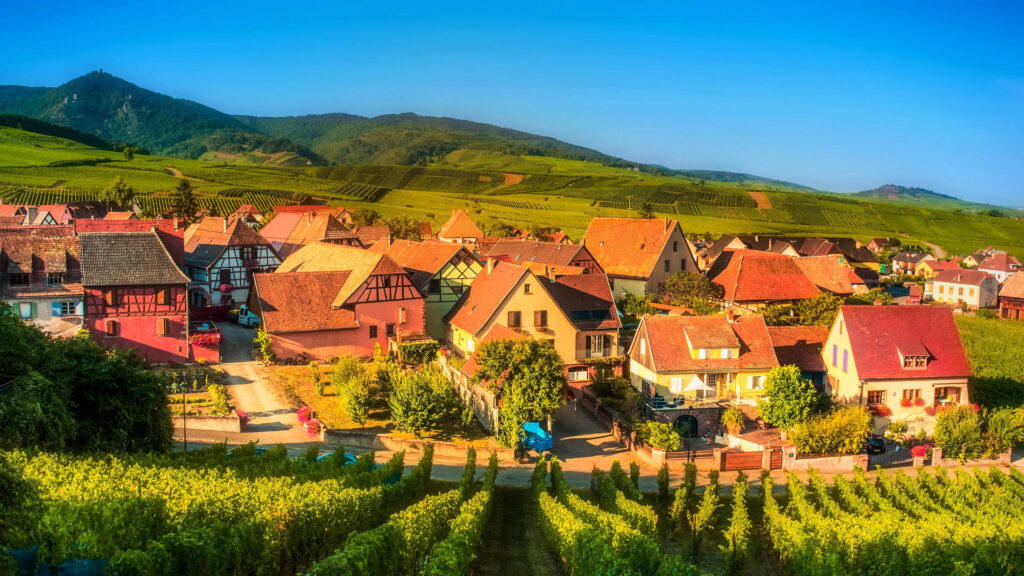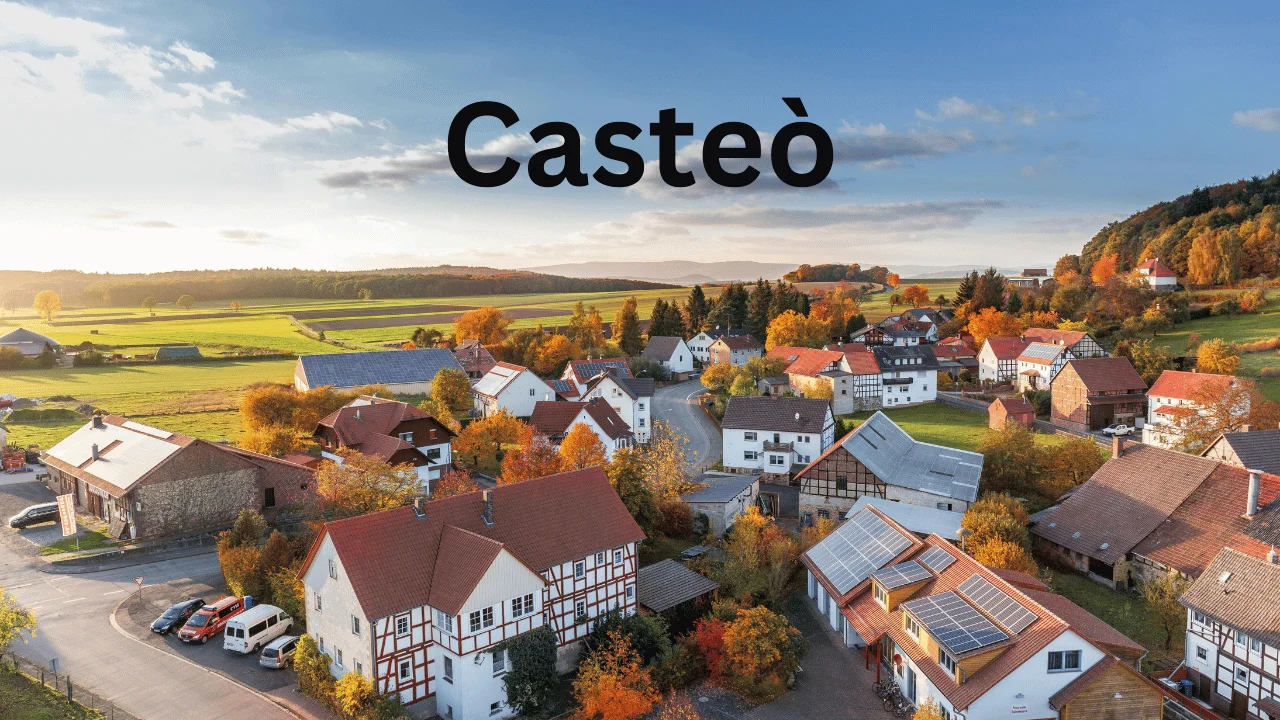Caste, a system of social stratification, has deep roots in many societies, particularly in South Asia. This article aims to explore the origins, impact, and contemporary perspectives surrounding caste, shedding light on its complexities and implications.
Caste, derived from the Portuguese word “casta,” refers to a hierarchical social system prevalent in various cultures worldwide. It assigns individuals to distinct social groups based on birth, occupation, or ethnicity. Historically, caste has played a crucial role in shaping social interactions, economic opportunities, and cultural practices.
Origins of Caste
The origins of caste can be traced back to ancient civilizations such as the Indus Valley civilization and Vedic society in India. Over time, caste evolved into a complex system with rigid social boundaries, reinforced by religious beliefs and cultural norms.
The Impact of Caste
Caste profoundly influences social hierarchy, determining individuals’ status and privileges within society. It also has significant economic implications, as certain castes are traditionally associated with specific occupations and economic opportunities. Moreover, caste dictates cultural practices and rituals, shaping social identities and community dynamics.
Caste in Contemporary Society
Despite efforts to address caste-based discrimination, it continues to persist in many societies. While legal measures have been enacted to promote equality, social perceptions and entrenched beliefs often perpetuate caste-based prejudices and inequalities. Challenges such as untouchability and caste-based violence remain prevalent, highlighting the complexities of caste dynamics in contemporary society.
Caste-Based Discrimination
Caste-based discrimination manifests in various forms, including social exclusion, economic marginalization, and denial of basic rights and opportunities. Examples from around the world illustrate the pervasive nature of caste-based injustices and their detrimental effects on individuals and communities.
Intersectionality and Caste
Caste intersects with other forms of social identity, such as gender and race, exacerbating inequalities and perpetuating systems of oppression. Understanding the intersectional nature of caste is crucial for addressing the complex dynamics of discrimination and inequality.
Efforts Towards Caste Equality
Social movements and advocacy efforts have sought to challenge caste-based discrimination and promote social justice. Policy interventions aimed at safeguarding the rights of marginalized caste groups have been instrumental in driving change and raising awareness about caste-related issues.
Global Perspectives on Caste
While caste is most commonly associated with South Asian societies, similar social structures exist in other parts of the world. Comparisons with other systems of social stratification provide valuable insights into the universality of caste-based inequalities and the need for global solidarity in addressing them.
Caste and Religion
Religious beliefs often intersect with caste, with scriptures and religious teachings sometimes used to justify caste-based practices and hierarchies. However, there are also interpretations within religious traditions that advocate for equality and social justice, challenging traditional notions of caste superiority.
Educational Disparities
Access to education remains a significant challenge for many marginalized caste groups, perpetuating cycles of poverty and social exclusion. Bridging educational disparities is essential for promoting social mobility and dismantling caste-based barriers to opportunity.
Media Representation of Caste
Media plays a crucial role in shaping public perceptions and attitudes towards caste. However, stereotypes and biases in media representation can reinforce negative stereotypes and perpetuate discrimination, highlighting the importance of promoting accurate and inclusive portrayals of caste diversity.
Challenges in Addressing Caste Discrimination
Addressing caste discrimination requires confronting deep-rooted beliefs and practices that perpetuate inequality and exclusion. Resistance to change, entrenched social norms, and political obstacles pose significant challenges to efforts aimed at achieving caste equality.
Psychological Effects of Caste
Caste-based discrimination can have profound psychological effects on individuals, affecting their self-esteem, sense of identity, and mental well-being. Understanding the psychological impact of caste is crucial for providing support and interventions to mitigate its negative effects.
Future Prospects

Despite the challenges, there are signs of progress and resilience within caste-affected communities. Emerging trends, such as increased awareness and grassroots activism, offer hope for a more inclusive and equitable future. However, sustained efforts and collective action are needed to address caste-based inequalities effectively.
Conclusion
caste remains a complex and pervasive social phenomenon with far-reaching implications for individuals and societies. Understanding its origins, impact, and contemporary perspectives is essential for addressing caste-based discrimination and promoting social justice. By acknowledging the complexities of caste dynamics and working towards inclusive solutions, we can strive towards a more equitable and harmonious world.
FAQs
What is the origin of the caste system?
The caste system originated in ancient civilizations such as the Indus Valley civilization and evolved over time into a rigid social hierarchy.
How does caste intersect with other forms of social identity?
Caste intersects with factors such as gender and race, exacerbating inequalities and perpetuating systems of oppression.
What are some examples of caste-based discrimination?
Examples include social exclusion, economic marginalization, denial of rights, and caste-based violence.
How can education help address caste-based inequalities?
Access to education is crucial for promoting social mobility and dismantling caste-based barriers to opportunity.
What are some challenges in addressing caste discrimination?
Challenges include deep-rooted beliefs, resistance to change, and political obstacles that hinder efforts towards caste equality.
